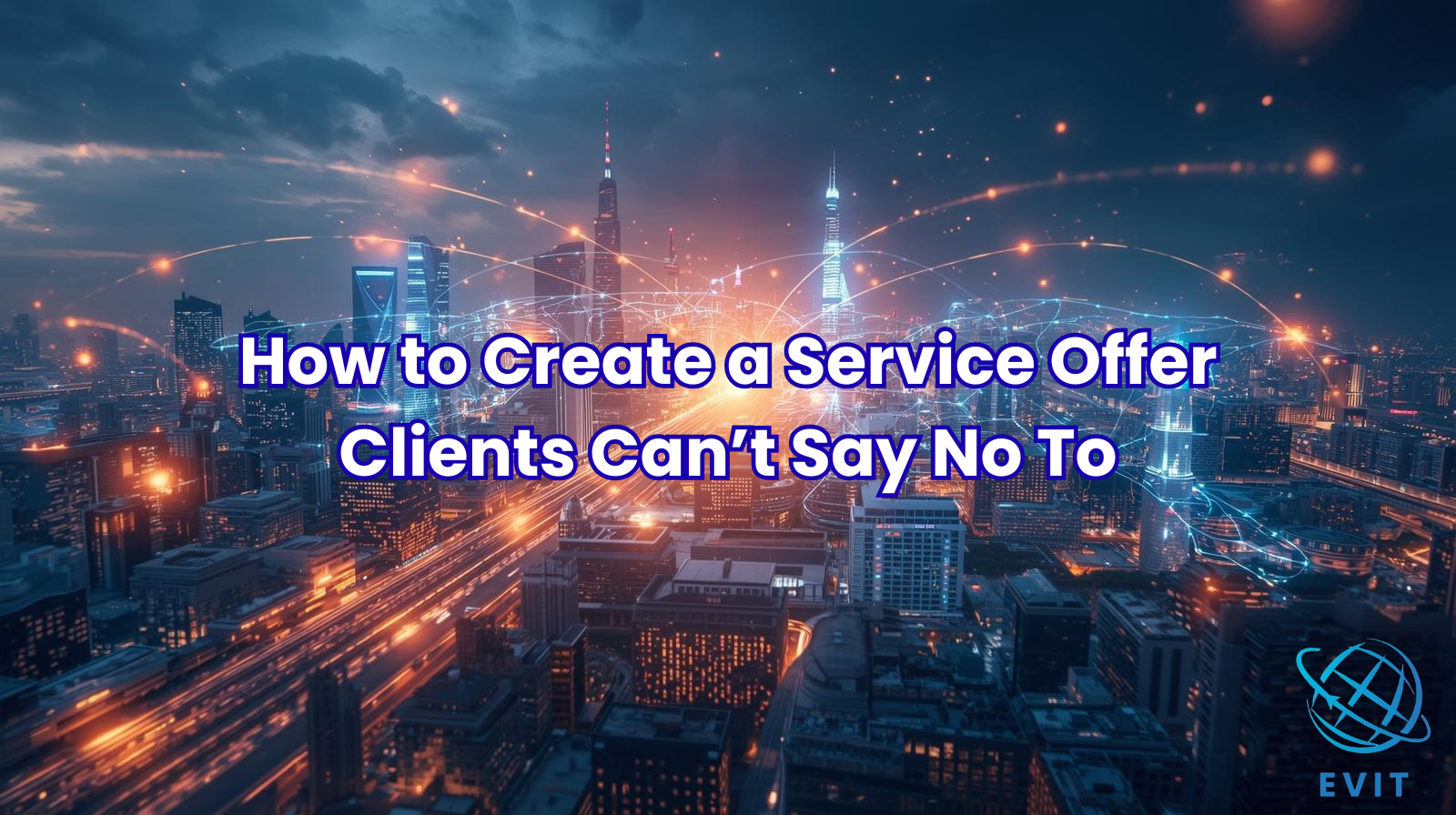🚀 Why Your Offer Matters More Than Your Pitch
Many IT founders think sales is about talking more—showing features, case studies, or experience. However, the truth is that clients don’t buy services; they buy certainty.
If your offer removes risk, promises real value, and feels easy to say “yes” to, you won’t have to chase leads—they’ll come to you.
At Go Global Asia, after helping dozens of Asian IT companies sell to Western clients, we’ve seen one clear pattern: the best offers are not the cheapest, but the clearest.
🎯 Step 1: Start With the Real Problem, Not the Service
When a client says, “We need developers,” that’s not the full truth. What they really want is:
-
Faster delivery with fewer management headaches
-
Predictable outcomes
-
A reliable partner who won’t disappear mid-project
So before you “sell staff augmentation” or “custom software,” reframe your offer as a solution to their deeper pain point.
Example:
❌ “We provide Java developers.”
✅ “We help SaaS companies cut project delays by providing plug-and-play development teams who onboard in 7 days.”
See the difference? One is a service. The other is an outcome.
See: How to Build Irresistible Offer
🧱 Step 2: Package Your Offer—Don’t Just List Services
Western clients love clarity. Avoid generic proposals that sound like a shopping menu (“frontend, backend, QA, DevOps”).
Instead, build structured packages that show process and value.
For example:
-
Starter Collaboration Package: 2 developers + 1 PM, 3-month trial, fixed weekly syncs.
-
Product Acceleration Package: Cross-functional team for MVP delivery in 90 days.
Each package should highlight results, duration, communication style, and guarantees.
A well-packaged offer signals professionalism—and instantly builds trust.
🧠 Step 3: Reduce Buyer Risk (This Is Where Most Lose Deals)
Buyers hesitate not because they don’t need your service, but because they fear being burned.
Here’s how to remove that fear:
-
Guarantees: “If we don’t meet your milestone, you don’t pay for that sprint.”
-
Pilot Projects: Begin with a small, paid test to demonstrate reliability.
-
Transparent Reporting: Weekly progress dashboards, shared KPIs, and sprint demos.
-
Flexible Exit Clause: “Cancel anytime with 14-day notice.”
These small touches make your offer feel safe—which increases conversions more than any discount ever could.
💬 Step 4: Add Value, Don’t Add Complexity
Asian firms often try to impress clients by offering too much. But the best offers are focused, simple, and measurable.
Add only one or two bonus values that truly matter:
-
Free technical audit before project start
-
Dedicated English-speaking account manager
-
Knowledge transfer at project handover
These create “added perceived value”—not confusion.
🌍 Step 5: Present It Like a Global Partner
When targeting Western markets, presentation = perception.
Use professional templates, concise English, and strong visuals in your proposal deck. Avoid over-promising or local jargon.
Show that your firm is not just a vendor but a strategic partner who understands global delivery standards.
A great offer = clear scope + visible value + zero risk.
Make sure to check “The Future of Asian IT Firms in Global Markets.”
🧭 Final Thoughts
In 2025, Asian IT firms that win globally won’t be the ones with the most developers—but the ones that make buying simple.
The offer that sells itself answers three silent questions every client has:
-
Do I understand what I’m buying?
-
Should I trust this partner?
-
Do I feel safe saying yes?
If your offer delivers a confident “yes” to all three, you’ve already won the deal.
🤝 Join the Go Global Asia Community
Want to see real examples of offers that close Western clients?
Join Go Global Asia on Skool—a free community of IT founders and business leaders learning how to sell globally, build repeatable systems, and grow internationally.
👉 Join Go Global Asia on Skool
#GoGlobal #ITBusiness #SalesStrategy #AsianITFirms #ClientAcquisition #Entrepreneurship #GlobalExpansion

